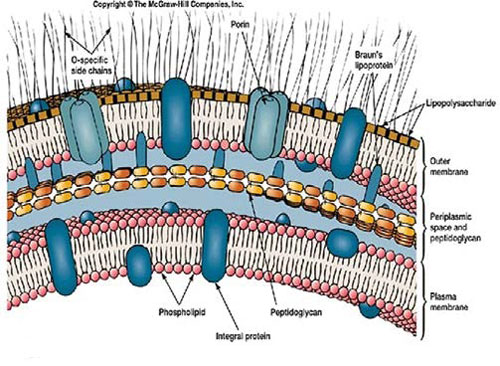Gram-negative bacteraemia in haemodialysis Eleanor C. Murray, Aleksandra Marek, Peter C. Thomson, John E. Coia (Nephrology Dialysis Transplantation, Volume 30, Issue 7
Morbidity and mortality rates are high in patients receiving renal replacement therapy, and infectious pathology is the second leading cause of death.
This study used records obtained from the electronic medical records of NHS Greater Glasgow & Clyde and NHS Forth Valley hemodialysis patients from July 2011 to April 2014 and verified by an independent search of microbiology databases.
Results
During the 544,377 days of hemodialysis treatment, 95 cases of gram-negative bacteremia were registered in 84 patients, with an average frequency of 0.175 cases per 1000 days of hemodialysis treatment, depending on the placement of the catheter: non-tunneled central venous catheter - 4.77 cases, arteriovenous prostheses - 0.24, tunnel central venous catheter - 0.21, arteriovenous fistula - 0.11 cases. The most common sources of bacteremia were central venous catheter (16.8%, N=16), infected ulcers (14.7%, N=14), urinary system (10.5%, N=10), biliary system (9.5%, N=9) ) and intra-abdominal sources (9.5%, N=9).
The main pathogenic microorganisms are Escherichia coli (49.5%, N =47), Enterobacter spp (13.1%, N=13), Klebsiella spp (11.1%, N=11), Proteus mirabilis (6.1%, N=6) and Pseudomonas aeruginosa ( 5.1%, N=5). Among enterobacteria (p=84), 88% were sensitive to gentamicin, 81% to ciprofloxacin, 91% to piperacillin-tazobactam, and 100% were found to be sensitive to meropenem.
Early death (3 months) was 25.3% (n=24). Gram-negative bacteremia was found more than once in 10 patients (11.9%), in 9 of them (90.0%) the same pathogen E.coli was identified as the etiological factor.
Result
The presence of a central venous catheter and diabetic foot ulcers remain the main risk factors for gram-negative bacteremia and again proving the importance of choosing the right vascular route. Despite the high sensitivity to antibiotics, the number of early deaths due to gram-negative bacteremia is high. In such cases, active treatment tactics are very important.

